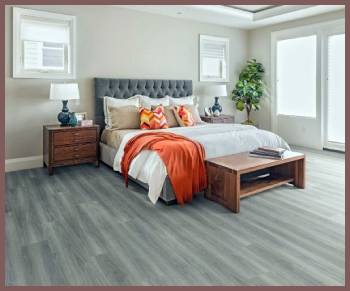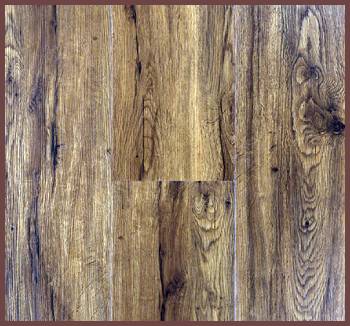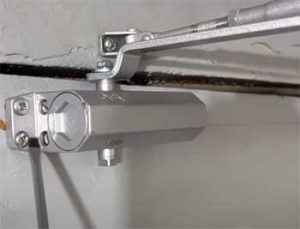Few things can alter the look and feel of a room like the flooring. After all, the floor is one of the first things you see when entering a room. That’s why many homeowners are turning to innovative products like Happy Feet Loose Lay Flooring for their renovation projects.
But what makes this product stand out from the pack?
The Basics of Happy Feet Loose Lay Flooring

Before we delve into the finer details, let’s understand what Happy Feet Loose Lay Flooring is. This flooring type is a variant of luxury vinyl flooring that doesn’t need the traditional glue or click-together installation method. The ease of laying the floor has made it a popular choice among DIY enthusiasts and professionals alike.
Pros of Happy Feet Loose Lay Flooring
- Ease of Installation
One of the primary advantages of Happy Feet Loose Lay Flooring is its ease of installation. The flooring uses the weight and friction of its material to remain in place, without needing any adhesives, nails, or clicks. This feature makes it a desirable option for those looking to handle their own flooring installations.
- Durability
Happy Feet Loose Lay Flooring has won many hearts due to its durability. Designed to withstand heavy foot traffic and resist impact, these floors are well-suited for families with kids or pets.
- Waterproof Quality
Another compelling benefit of this flooring is its waterproof nature. Happy Feet Loose Lay Flooring is 100% waterproof, which makes it an excellent choice for areas prone to spills and dampness, such as kitchens and bathrooms.
Read More: About Uptown Chic Flooring
Cons of Happy Feet Loose Lay Flooring

While there are many benefits to using Happy Feet Loose Lay Flooring, no product is perfect.
- Potential for Gaps
One of the challenges with loose lay vinyl flooring is the potential for gaps over time. As the floor settles and foot traffic moves across it, there’s a possibility that gaps may form between the planks.
- Higher Initial Cost
Despite the ease of installation, the initial cost of Happy Feet Loose Lay Flooring can be higher than other types of flooring. However, when taking into account the reduced installation costs and longevity of the product, many homeowners find this to be a worthwhile investment.
Additional Considerations for Happy Feet Loose Lay Flooring
One last factor worth noting about Happy Feet Loose Lay Flooring is its versatility in design options. It’s available in a wide range of colors, patterns, and finishes that can match virtually any aesthetic you’re trying to achieve. If you’re keen on making your home unique, this might be the flooring option for you.
When it comes to maintenance, the Happy Feet Loose Lay Flooring is straightforward. Regular sweeping and mopping are typically enough to keep the floor looking fresh and new.
Navigating Your Flooring Choices
Whether you’re refurbishing your existing home or constructing a new one, the choice of flooring is critical. It’s not just about the aesthetic appeal; it’s also about practicality and durability. Happy Feet Loose Lay Flooring, with its pros and cons, presents an option worth considering for those wanting to combine beauty, ease of installation, and durability in one package.
Remember, what works for one home might not work for another. Your individual circumstances, like your budget, how much foot traffic your home sees, your ability to DIY the installation, and your design preferences, should all influence your decision.
The Bottom Line
As we’ve seen, Happy Feet Loose Lay Flooring comes with several compelling benefits. Yet, it also has a few drawbacks that potential buyers should be aware of. The good news is, given the transparency of this product’s characteristics, you have all the information necessary to make an informed decision.
Just like choosing a new paint color or deciding on the style of cabinets for your kitchen, deciding on flooring should be exciting, not daunting. So here’s to happy feet and a happy home – may your new flooring bring you nothing but joy.
Always remember to consult with a flooring expert or professional if you’re uncertain. With the right advice and proper care, your Happy Feet Loose Lay Flooring could be a lasting investment in your home’s beauty and functionality.
FAQs about Happy Feet Loose Lay Flooring
Loose lay and click vinyl flooring differ mainly in their installation methods. Loose lay flooring relies on the weight of the vinyl planks to stay in place, while click vinyl uses a tongue-and-groove system where planks interlock.
While both are easier to install than traditional flooring types, loose lay flooring and floating floors are not the same. Floating floors are connected to each other but not to the subfloor, “floating” above it. Loose lay flooring, on the other hand, lies directly on the subfloor without adhesive or clicking systems.
While an underlay isn’t required for Happy Feet Loose Lay Flooring, it can be beneficial in providing additional soundproofing and softness underfoot.
Yes, Happy Feet Loose Lay Flooring is 100% waterproof, making it ideal for rooms that encounter water or dampness regularly.
Potential challenges with loose lay vinyl flooring include the possibility of gaps appearing over time, and its higher initial cost compared to other types of flooring.
Floating floors, while easy to install, can sometimes feel less solid underfoot. They’re also more vulnerable to damage from heavy items, and moisture can seep between the planks if not properly sealed.
Read More: About Seringa Wood Flooring
Conclusion
Ultimately, the decision to invest in Happy Feet Loose Lay Flooring should be based on your specific needs and priorities. It offers substantial benefits like ease of installation, durability, and waterproof qualities that make it an appealing choice for many homeowners.
However, one should keep in mind the potential for gaps over time and the slightly higher initial cost.



